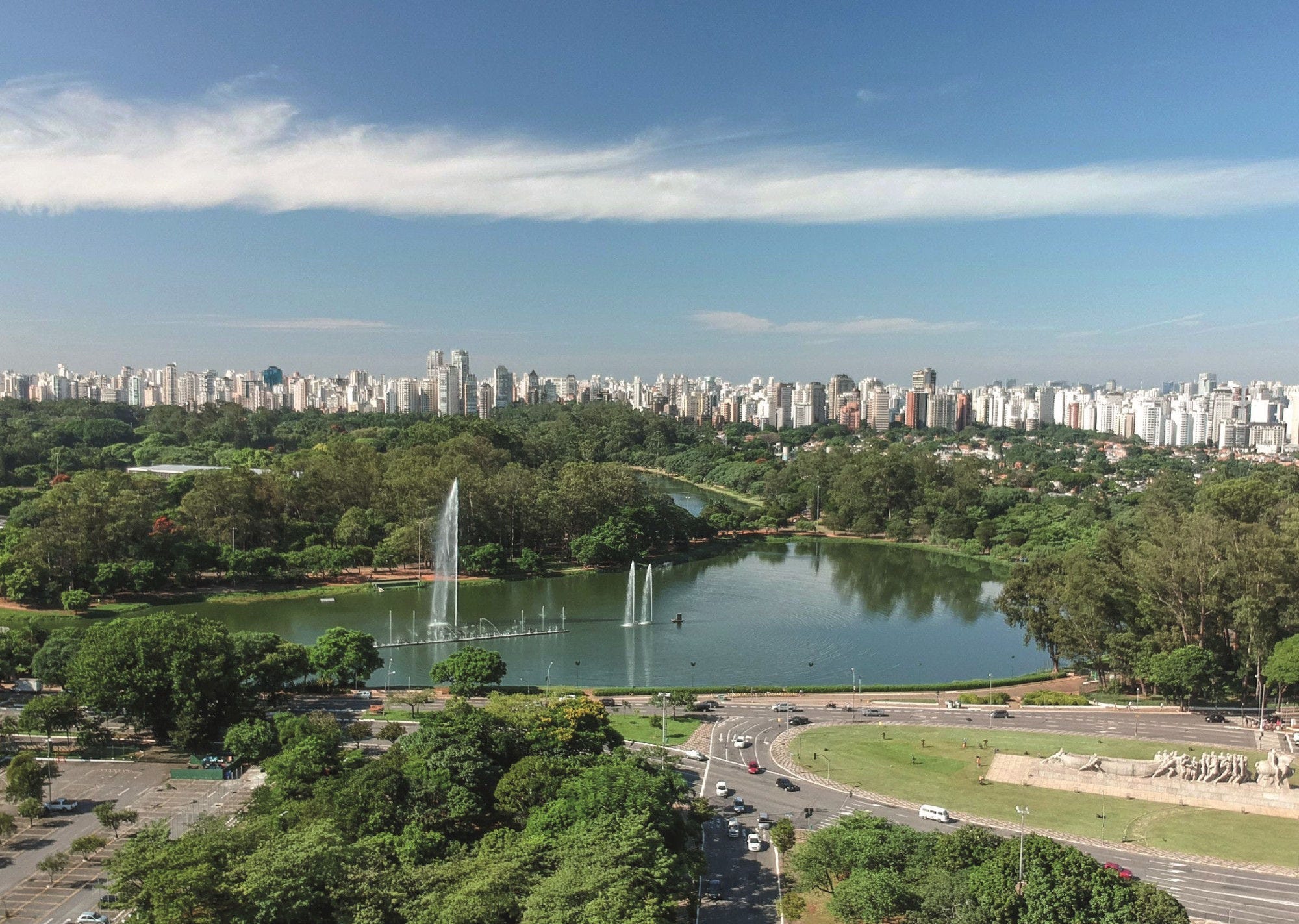Gender equality in politics means both men and women have an equal opportunity to participate in decision-making processes that affect their lives and the lives of others. There is growing evidence that gender-balanced representation in public institutions can foster more inclusive and innovative decision-making processes, and that it is also critical for restoring the health of and trust in democracies. Achieving a gender-balanced representation of the population in parliamentary bodies can strengthen the design of inclusive policies, so that they take into consideration the needs of all groups in society, including women. This representation should also extend to leadership and decision-making positions in the executive to ensure the implementation of policy considers a plurality of needs.
On average in the Latin American and Caribbean (LAC) region, women hold 31% of seats in the lower/single houses of parliament, slightly less than in OECD countries (34%). In Mexico and Nicaragua, 50% or more seats are occupied by women, and in Argentina, Costa Rica and Bolivia women hold at least 45% of seats. Overall gender parity remains a challenge in the region, with 15 out of 24 countries having 30% or less of their parliamentary seats occupied by women. A few countries have narrowed their gender gap in the last four years by at least 10 percentage points (p.p.), including Chile (12 p.p.), Peru (13 p.p.) and Colombia (10 p.p.), while in other countries the gap has widened or remained the same. To achieve gender-balanced representation, the 2015 OECD Recommendation of the Council on Gender Equality in Public Life encourages countries to take measures including disclosure requirements, quotas and parity laws and 17 out of 24 surveyed LAC countries have quotas in place. It is notable that the seven countries with the greatest share of women in parliament have legal quotas in place, contributing to giving women the space and right to be heard (Figure 12.8).
Women’s representation in the executive is also a strong indicator of political commitment to achieving gender equality. In both the LAC region and in OECD countries women are under-represented in executive government positions. In LAC countries, on average, only 30% of current ministers and vice ministers are women, similar to the average in OECD countries (36%). There are a few countries where more than half of ministers or vice ministers are women. For instance, most ministries are headed by women in Chile (58%), Colombia (50%) and Nicaragua (63%), and up to 75% of vice ministers in Trinidad and Tobago are women. In contrast, in some countries, women head under 15% of ministries and vice ministries (Figure 12.9 and Figure 12.10).
For political appointments, the average share of women in leadership positions in LAC is slightly higher among the lower political functions, such as undersecretary (40%) and directors (43%), without yet reaching parity. One exception is Trinidad and Tobago, where women account for up to 75% of directors and 70% of undersecretaries. Other countries have reached parity in one or both of these positions, such as Costa Rica, where 56% of directors are women, and Colombia, where women account for 50% of directors and undersecretaries. In total, four of surveyed LAC countries (29%) are moving towards parity, with women accounting for 43-50% of these positions (Figure 12.10).



